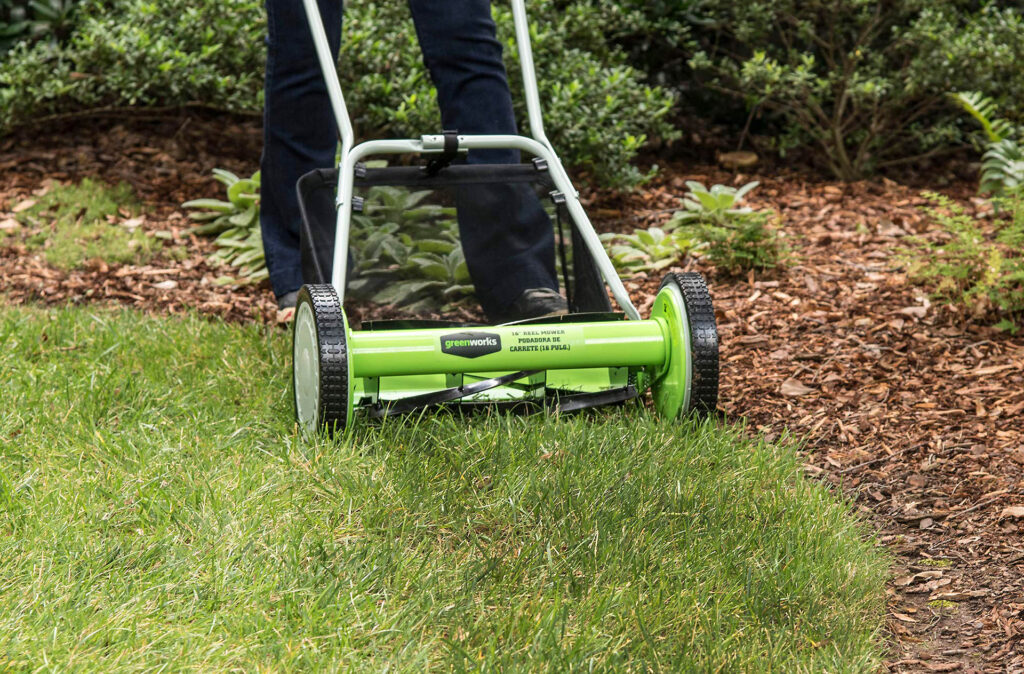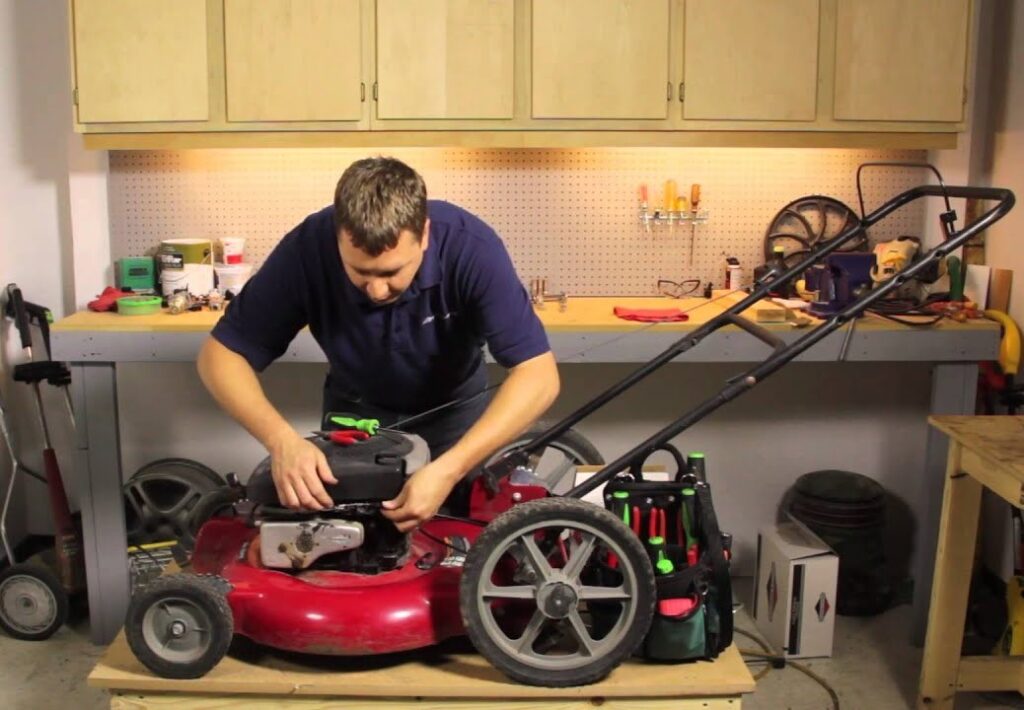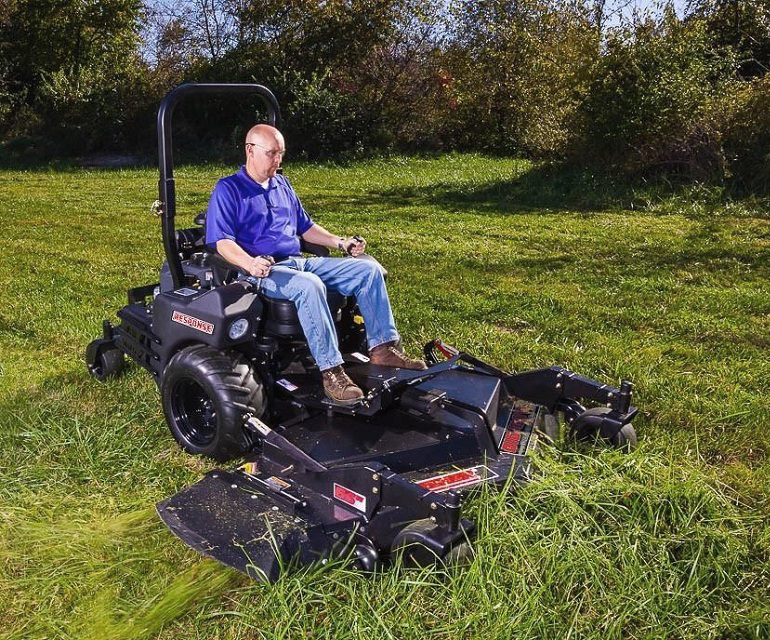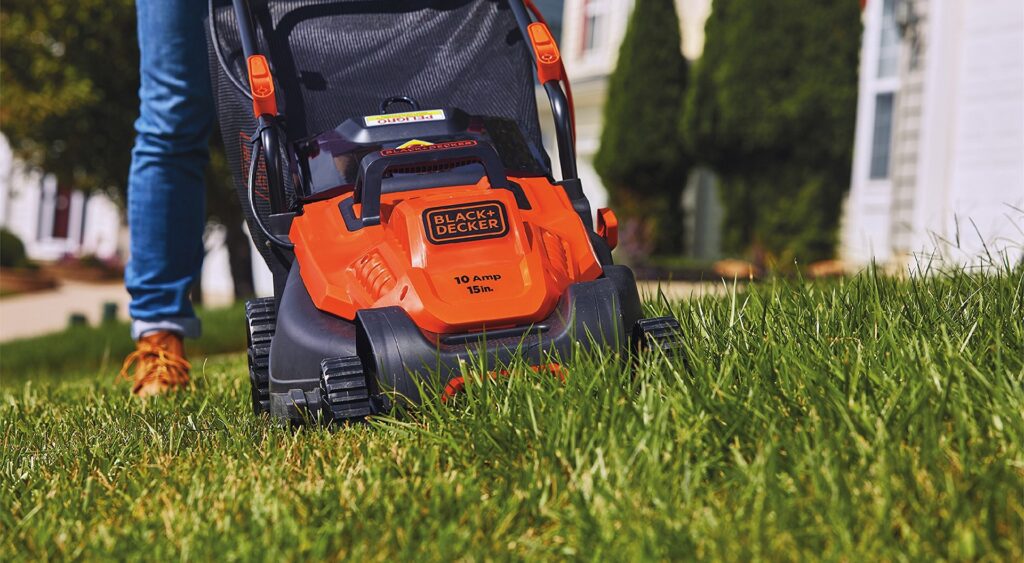
All ride-on lawnmowers need on-board batteries to start. The process begins from the ignition key when you turn the key of the lawnmower. Lawnmower engines need a solenoid to start. The
starter solenoid
Trusted Source
Starter solenoid - Wikipedia
A starter solenoid is an electromagnet which is actuated to engage the starter motor of an internal combustion engine. It is normally attached directly to the starter motor which it controls.
Its primary function is as the actuating coil of a contactor (a relay designed for large electric currents) which connects the battery to the starter motor proper.
All modern cars also use the starter solenoid to move the starter pinion into engagement with the ring gear of the engine.
The starter solenoid is sometimes called the starter relay, but many cars reserve that name for a separate relay which supplies power to the starter solenoid. In these cases, the ignition switch energizes the starter relay, which energizes the starter solenoid, which energizes the starter motor.
en.wikipedia.org
acts like the electrical connector. It is an electromagnetic switch that couples an ignition with a starter. The solenoid sends power to the starting mechanism, causing the engine to spin. But when the magnet turns badly, the motor will not turn. A faulty starter will act the same way, so it’s best to test the solenoid before replacing either. Before trying to find out how to test a lawn mower starter yourself, you should know that testing is dangerous, so be extra careful. You’ll have to find the solenoid by following the positive wire from the battery.
You can suspect you have a bad starter when it starts making cranking noise and not making engine turnover. You can also have a clicking noise when you press the ignition button. Also, if the mower doesn’t respond to starting attempts, you may need to bench test it to know if the problem is from the starter or not.
The starter assembly on a petrol lawnmower started with a pulley includes the starter rope, recoil spring, and the starter pulley itself. They allow you to manually start combustion, starting the engine faster with each pull. If the engine is not responding to starting attempts, below are instructions on how to check the lawnmower starting mechanism.
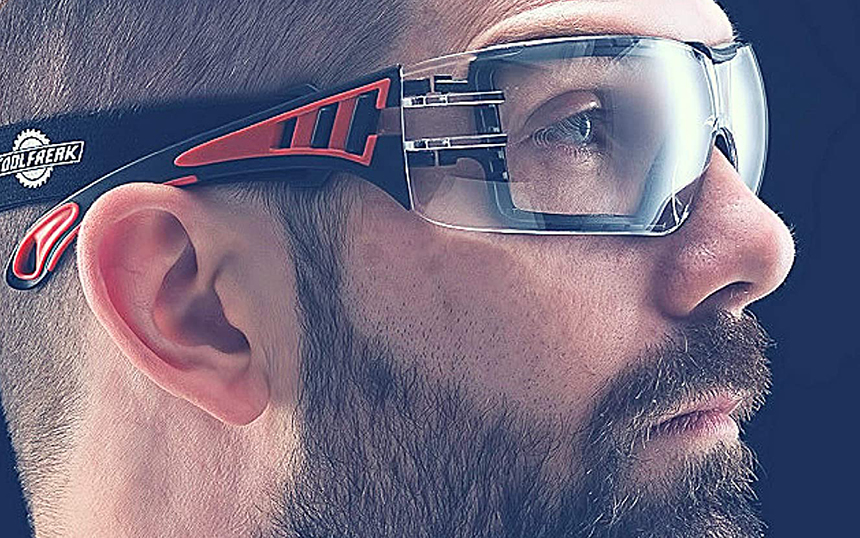
Tip: Ensure you’re wearing pairs of gloves and safety glasses. According to most reviews, one of the most popular safety glasses models is the ToolFreak Rip Out Safety Glasses, which features foam padding and resists UV.
So, you’ve completed the test and you found out the solenoid is the problem. A broken solenoid will have to be replaced before the engine will start.
When jump testing a riding lawnmower’s starter, when an insulated screwdriver is not available, wear heavy, rubber gloves and use a regular screwdriver. Some of the most reliable pairs of gloves are the Gorilla Grip Work Gloves. The slip-resistant glove product is a pack of 5 pairs and they are for all-purpose use.
Testing the starter is necessary when you have problems starting your lawnmower and you need to know if the starter is bad. It helps you determine when the problem isn’t with the starter and when you have a bad solenoid. So, by simply following the instructions we laid down on how to test a lawnmower starter, you would not make a hurried rush to replacing your starter when it is actually not the problem. You have to diagnose the problem by checking and testing the starter, the solenoid, the ignition switch, the battery, and all connections. All you need are simple working tools like the screwdriver, the wrench, and the multimeter.
